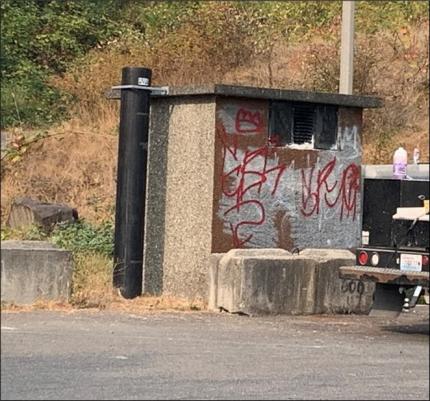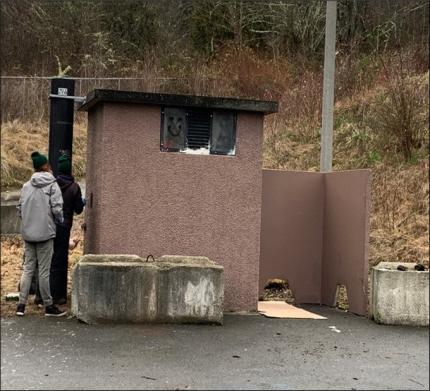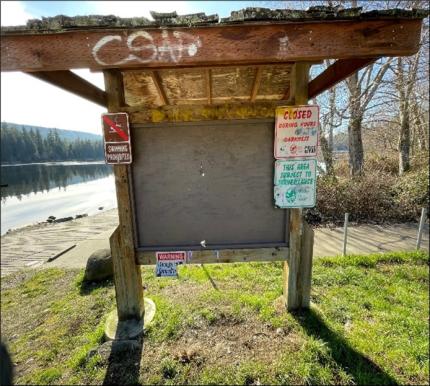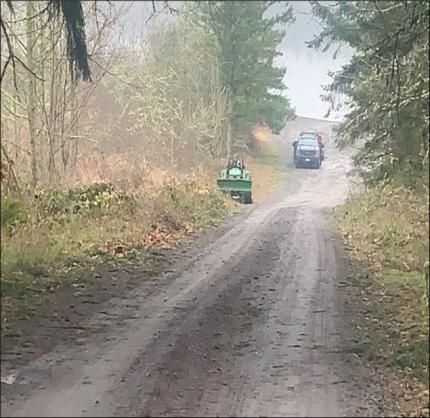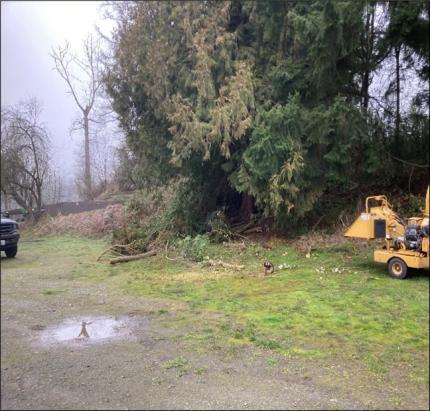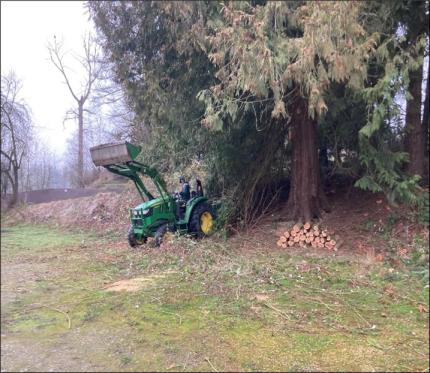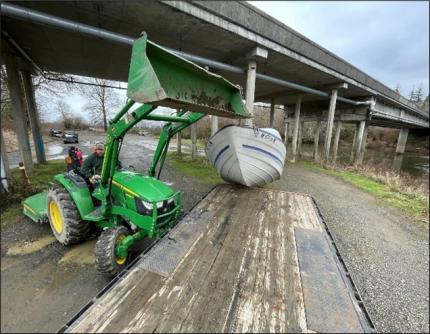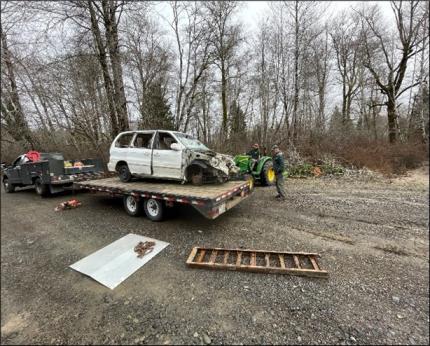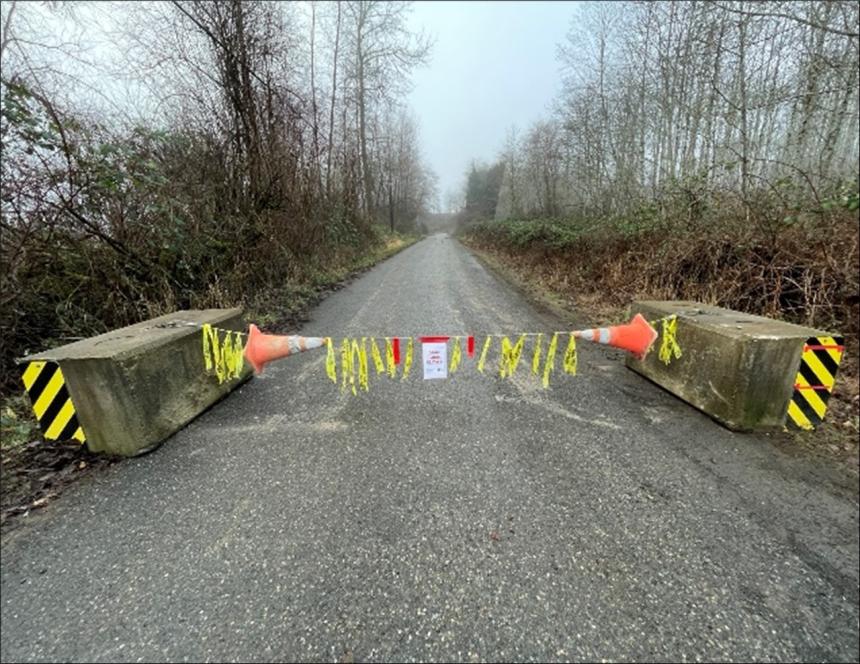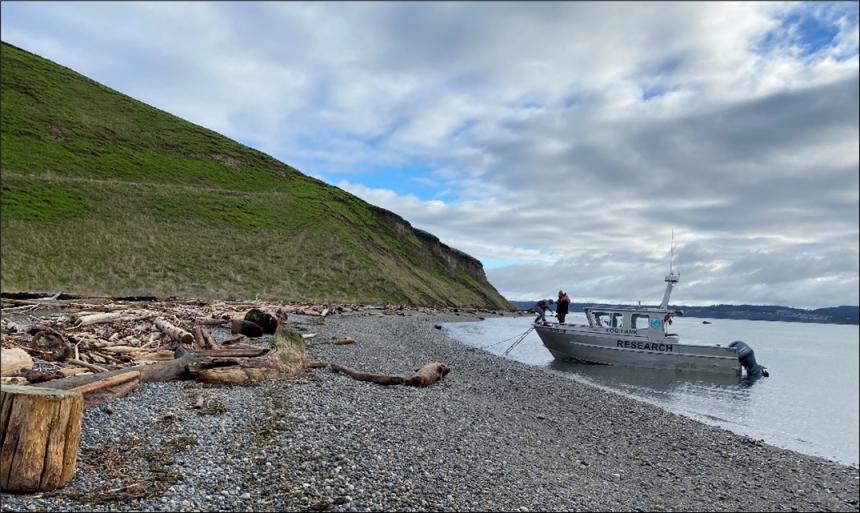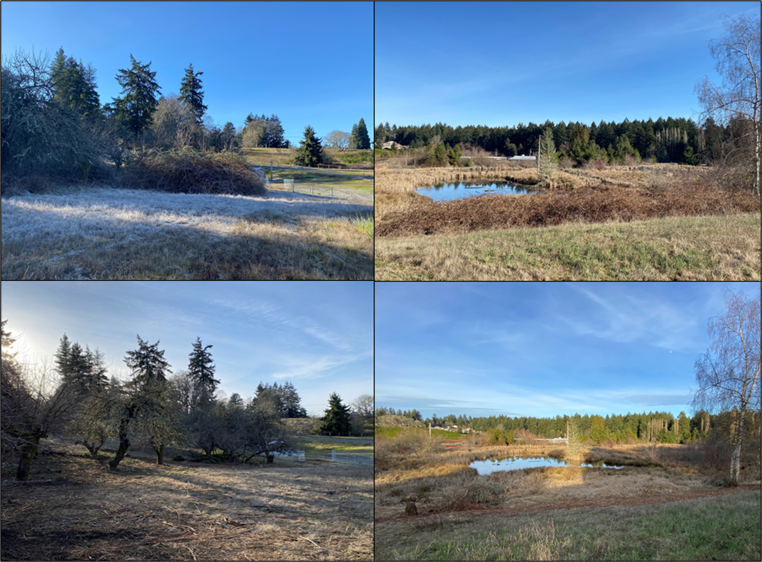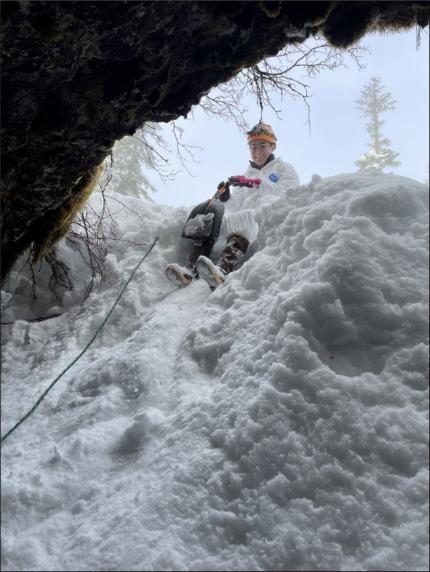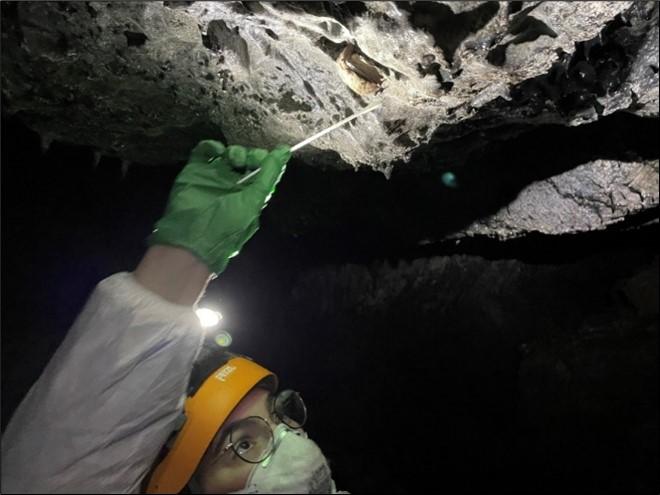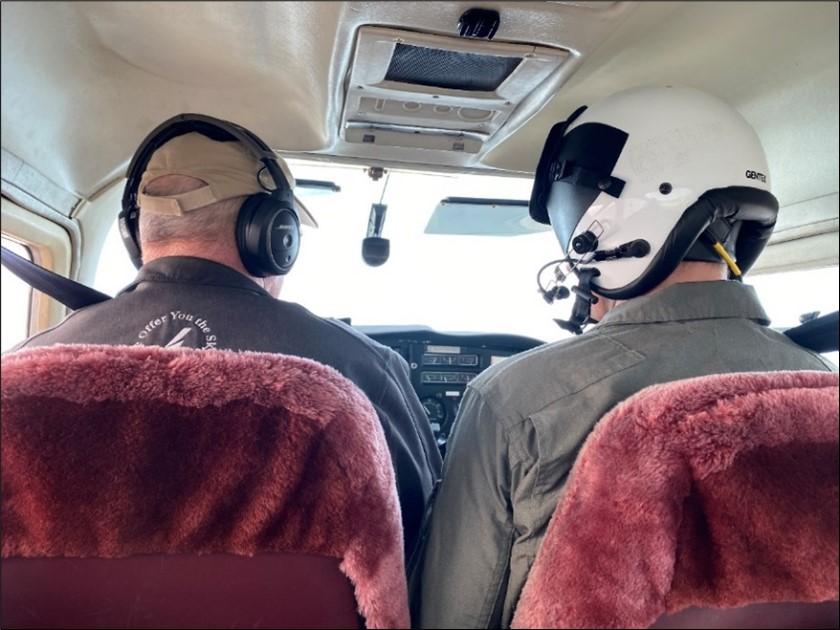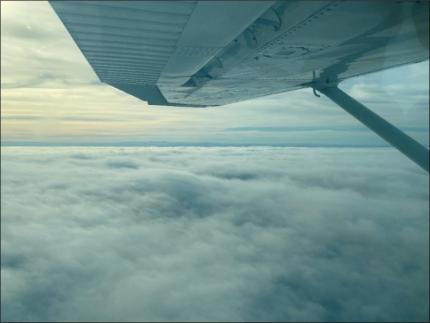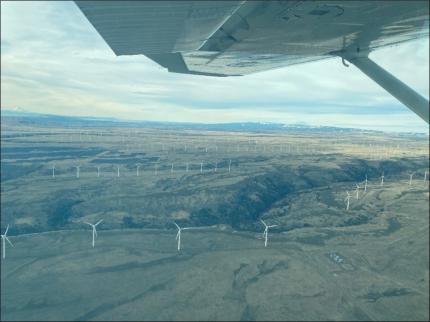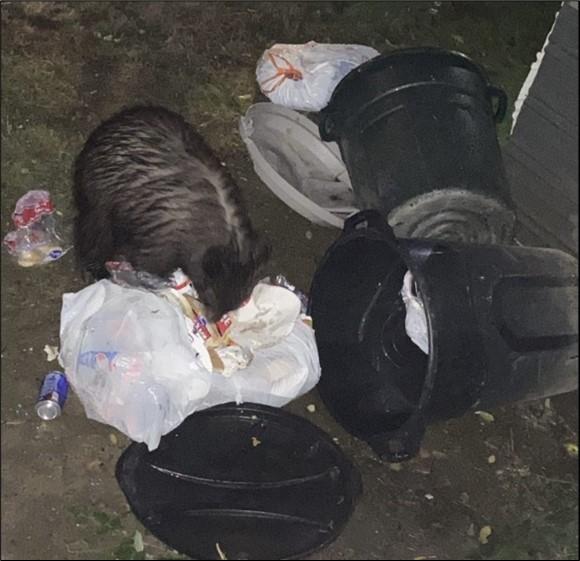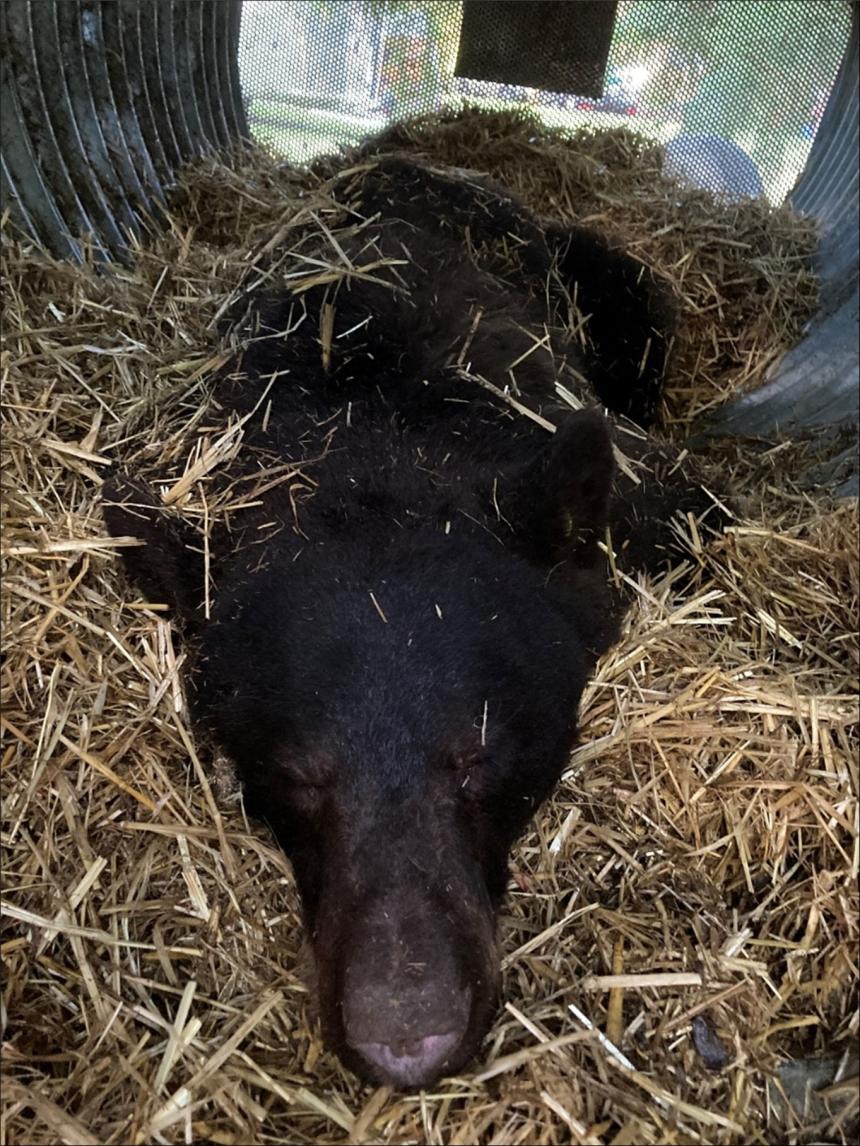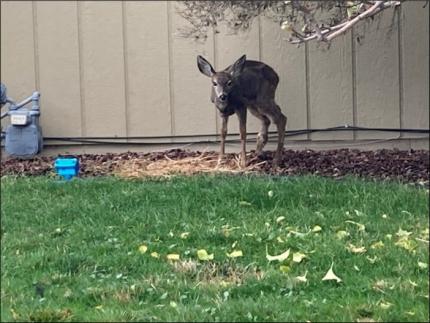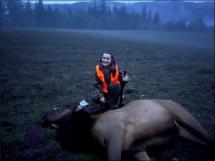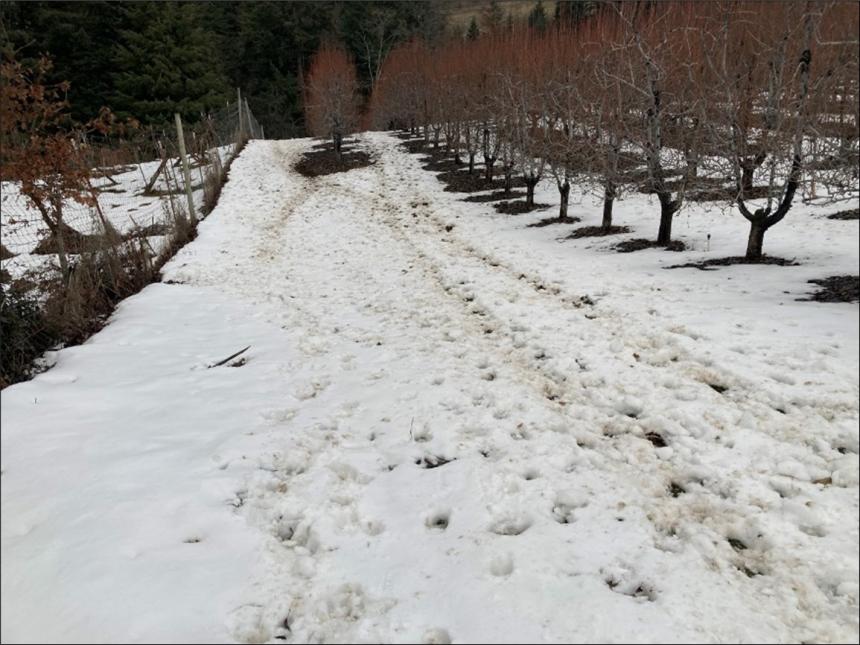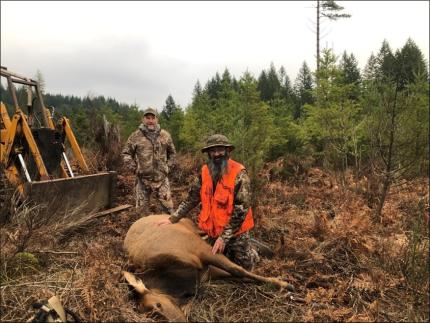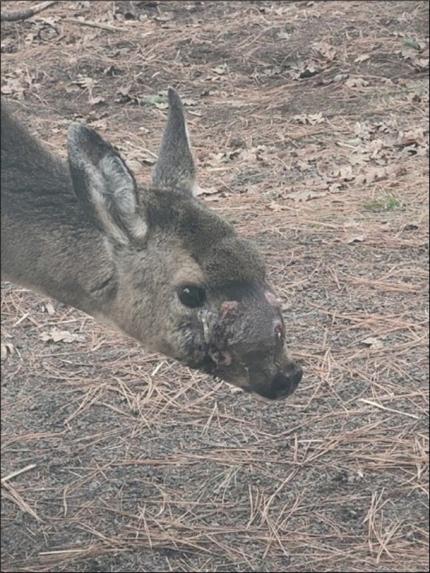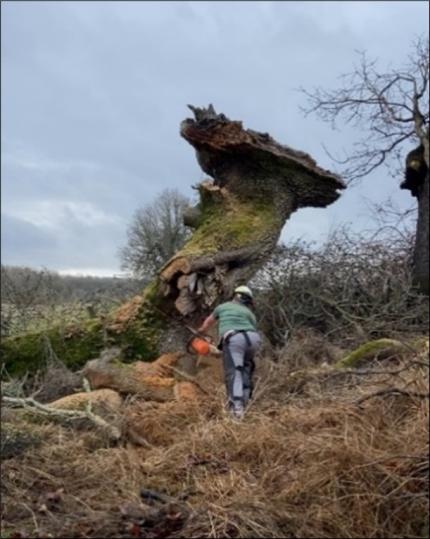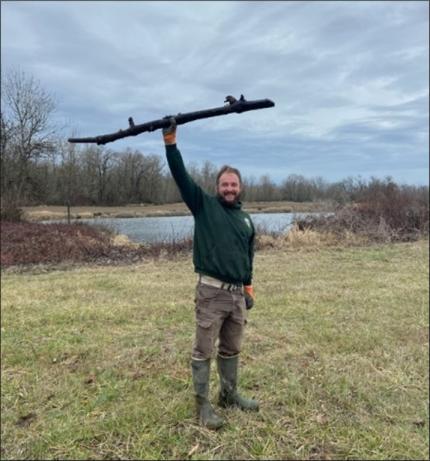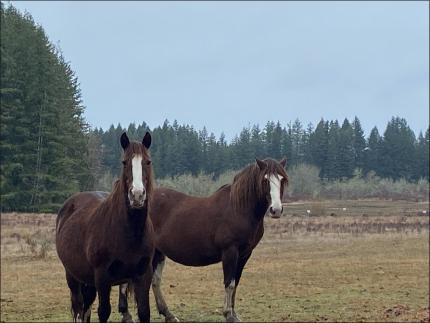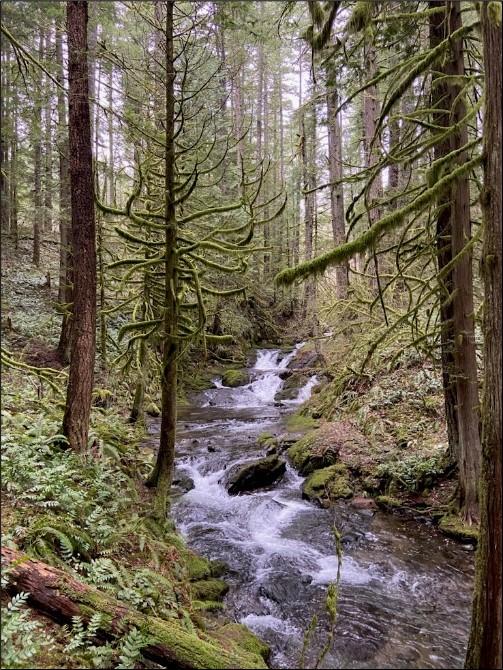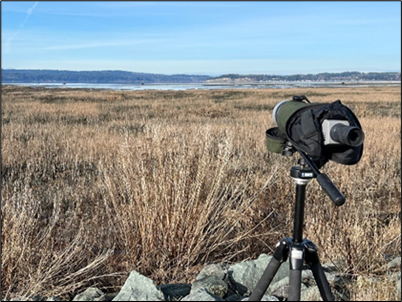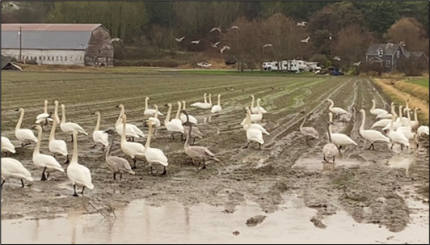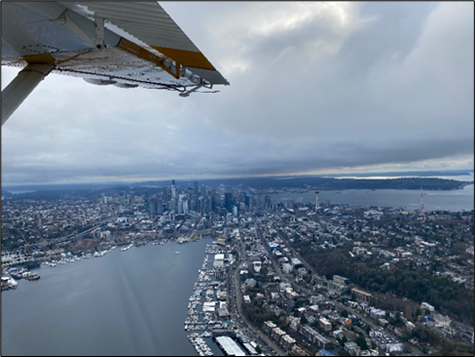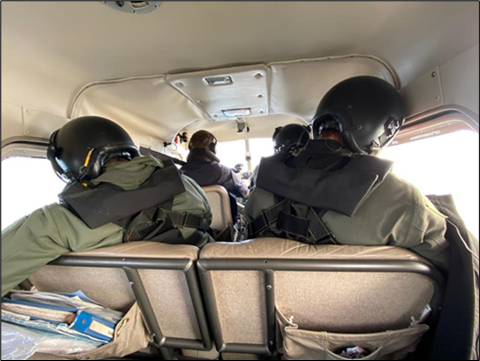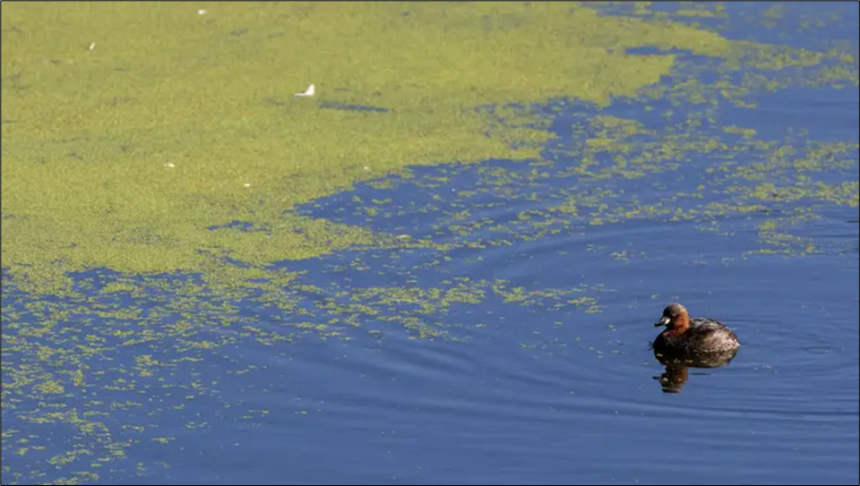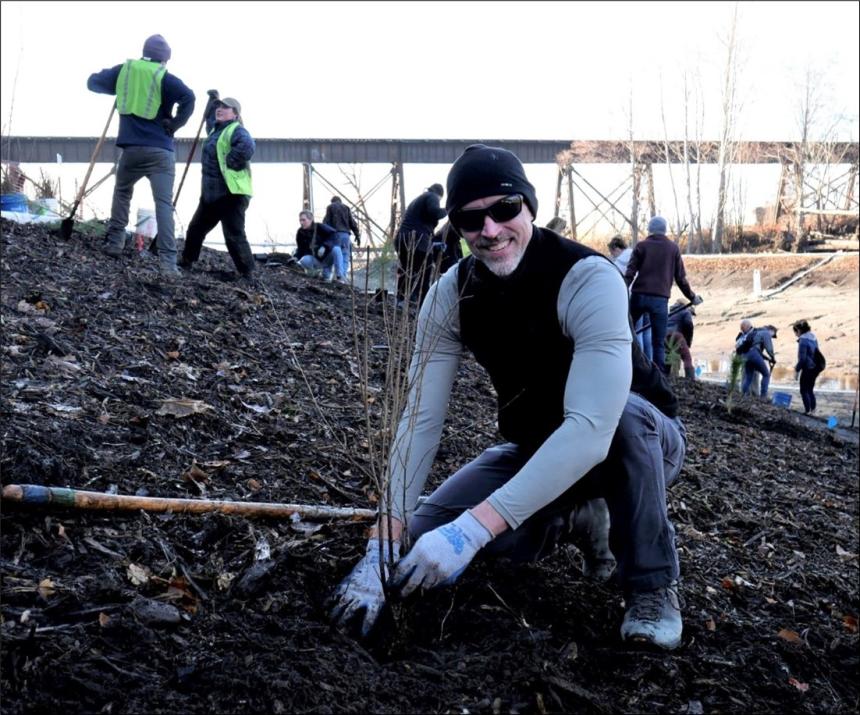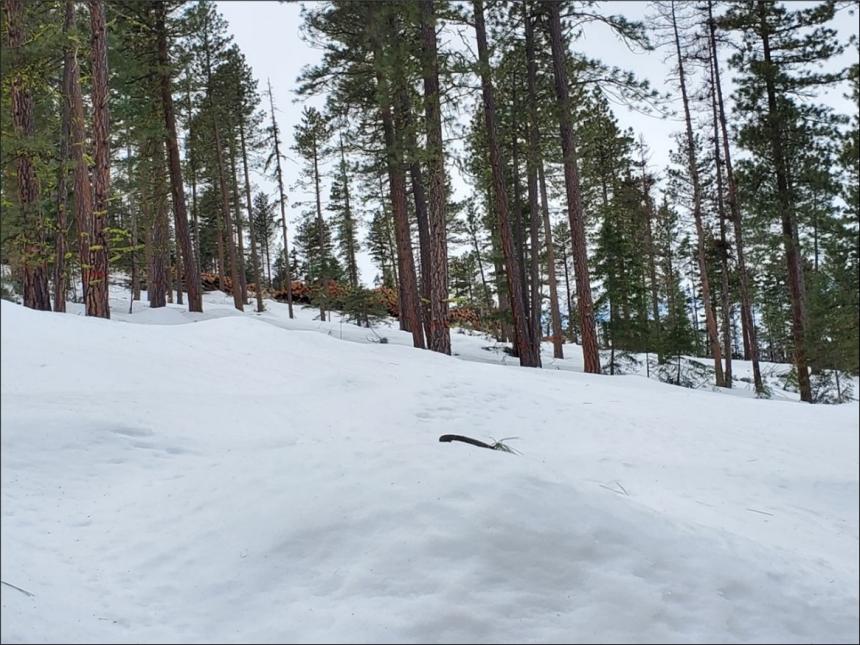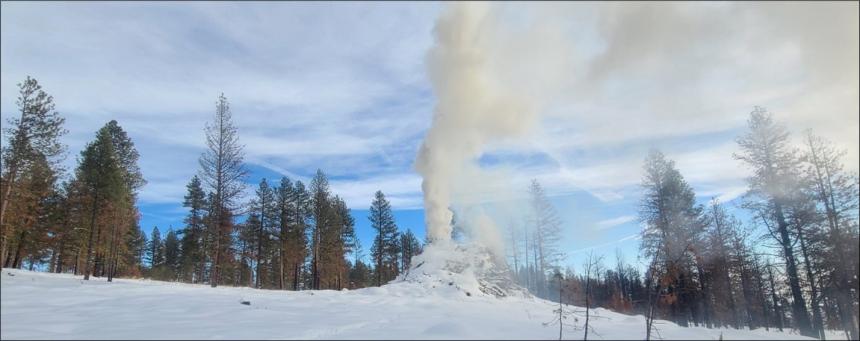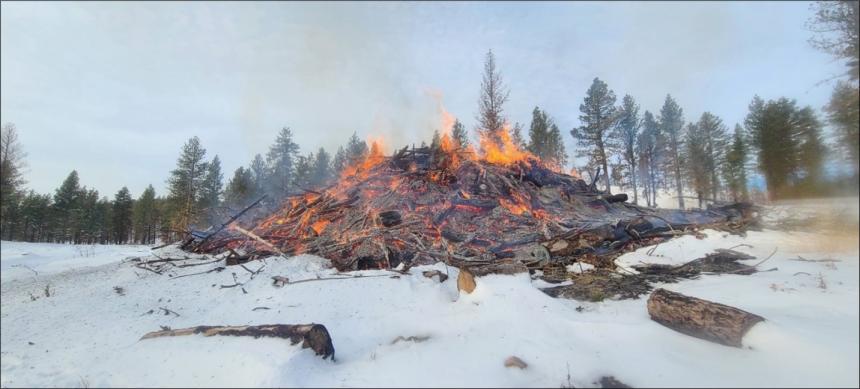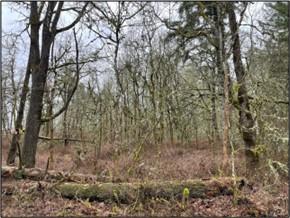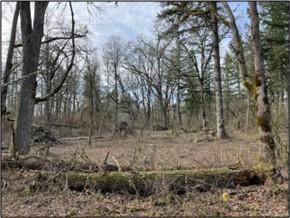Biweekly report Jan16-31 2024 - Region 3 (South Central)
Managing Wildlife Populations
District 8 Bobcat Research: A five year research study has commenced in District 8 to investigate bobcat populations. District 8 Biologist Wampole assisted Science Division Researcher Kerston and Statewide Furbearer & Bear Specialist Welfelt in establishing an active trapline for bobcat to deploy GPS collars. Locational data from GPS collars will help inform bobcat habitat use. So far one healthy male has been captured and collared. However, that individual has been recaptured in other traps along the trap line. The project aims to deploy 12 to 15 collars in the district this winter season.
Kittitas County Deer Collar Collection: District 8 Wildlife Biologists Wampole and Moore have been out collecting dropped deer collars in Kittitas County. These collars were deployed in 2020 as part of the Wenatchee mule deer project investigate migratory movement of mule Deer. The collars have integrated drop off mechanisms which self-release three years after capture before the battery in the collar dies. Collars have a black band, two gray boxes, and a metal label with Washington Department of Fish and Wildlife on them. If you find one, please report it to the Region 3 Washington Department of Fish and Wildlife office in Yakima.
District 8 Fisher Project: District 8 Wildlife staff members have been busy processing trail camera photos for the South Cascades Fisher Project. The project is trying out AI technology from wildlife insights to make the process more efficient.
District 8 Bat Hibernacula Counts: District 8 Biologist Wampole, Statewide Bat Specialist Tobin, and U.S. Forest Service partners conducted bat hibernacula counts at Boulder Cave, Naches to monitor trends in the Townsend big-eared bat population.
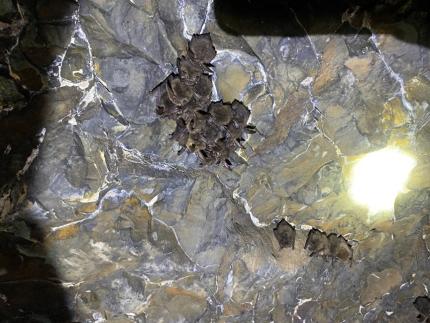
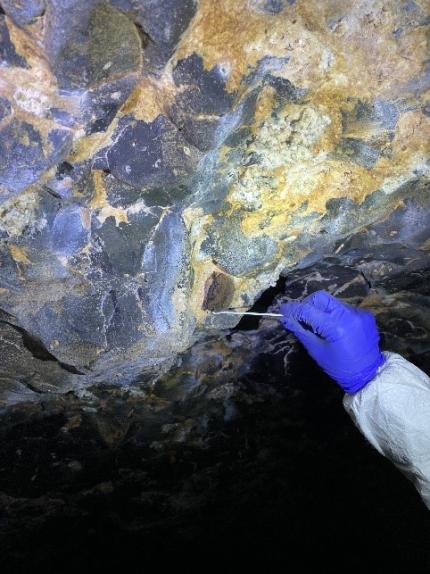
Elk Feed site Counts/Composition: District 8 Biologist Wampole and wildlife area staff members conducted counts and composition of wintering elk at Robinson, Watts, and Oak Creek feedlots. Counts and compositions (for example calf to100 cow ratio) are used to help inform population status and trends.
L.T. Murray Elk Feeding: Natural Resource Scientist Nass and Natural Resource Technician Blore continued feeding elk at the Joe Watt and Robinson Canyon feed sites.
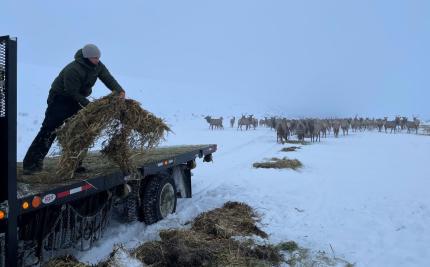
Oak Creek Wildlife Area Winter Feeding Operations: Oak Creek Wildlife Area staff members continue feeding elk on Cowiche Unit and Oak Creek Unit of the Oak Creek Wildlife Area. Current counts indicate an average total of 2300 elk on the Cowiche feed site and 550 elk on Oak Creek feed site are being fed daily.
District 4 Cougar Sealing: District 4 Wildlife Conflict Specialist Hand sealed a cougar for a hunter who harvested the cat in the Blue Mountains Game Management Unit (GMU) 166.
Rattlesnake Hills Elk Survey: District 4 Wildlife Biologist Fidorra coordinated and started the winter elk survey of the Rattlesnake Hills sub-herd. After one day of flying, weather delayed the survey until February. District 8 Assistant Wildlife Biologist Moore assisted with surveys, and Region 3 staff members conducted flight following.

District 4 Bobcat Sealed: District 4 Wildlife Biologist Fidorra sealed a bobcat harvested from Rattlesnake Hills GMU 372. While bobcat are occasionally reported from this area, this is the first time that Fidorra had sealed a cat from the Yakima River Valley.
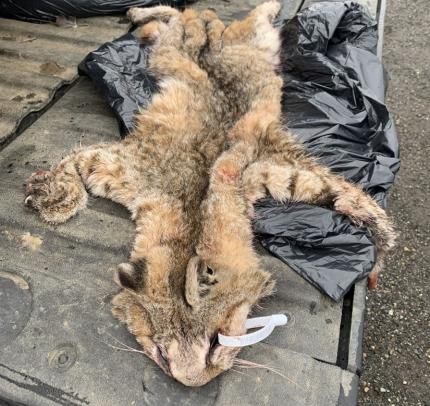
Providing Recreation Opportunities
Wenas Wildlife Area Sheep Company Target Shooting Area: Wenas Wildlife Area Lands and Recreation Specialist Frame collected 160 pounds of target shooting waste and material. Since recent clean-ups, the target shooting area has significantly less trash than the previous month. Items found were target shooting material, wood, metal, carboard, and a human shaped mannequin.
Wenas Wildlife Area Manastash Ridge Trails / Durr Rd - Kiosk and Trail Conditions Sign: Wenas Wildlife Area Lands and Recreation Specialist Frame has received approval from Kittitas County to install a trails condition sign and an information kiosk. The trails conditions sign will indicate to trail users the current conditions of the trail. The Durr Road kiosk will provide space for Washington Department of Fish and Wildlife to display important information regarding the Wenas Wildlife Area. Once weather conditions improve, the sign and kiosk will be installed.
Windmill Ranch Youth Hunt: Youth hunters over the weekend had successful hunts throughout the Sunnyside-Snake River Wildlife Area, including the Windmill Ranch Unit. There was an abundance of waterfowl throughout the wildlife area.
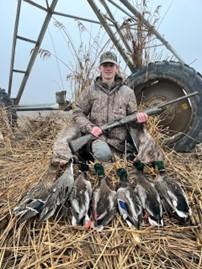
Providing Conflict Prevention and Education
Rattlesnake Hills Elk: District 4 Wildlife Conflict Specialist Hand monitored elk activity on Rattlesnake Mountain including the Hanford National Monument and surrounding private lands. Access to higher elevations were limited by foggy weather and snow and icy road conditions.
District 4 Deer Damage: District 4 Wildlife Conflict Specialist Hand continued working with deer damage issues from wheat producers in the Kahlotus and Paterson area on hazing, damage permit hunting, and possible youth hunting opportunities.
Kittitas County Conflict: District 8 Conflict Specialist Wetzel hazed some elk from agriculture areas in Kittitas County. Elk ventured to areas in Thorp, Vantage, Kittitas, Badger Pocket, and Cle Elum, mostly visiting haystacks and domestic animal feeding areas. No major issues were reported on I-90 though elk were seen crossing the freeway and feeding on both sides of the interstate. Wetzel received calls about a wolf visiting bone piles in the north Kittitas Valley area. No conflict issues were reported regarding the wolf.
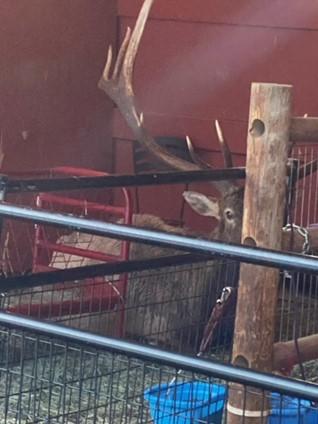
Yakima County Conflict: District 8 Conflict Specialist Wetzel worked on fencing contracts with growers who were having problems with elk in orchards and one crop circle. Elk have been hazed from orchard areas. Elk have been breaching fences and crossing cattle guards in the Cowiche area as well as Tampico, Naches, and Tieton.
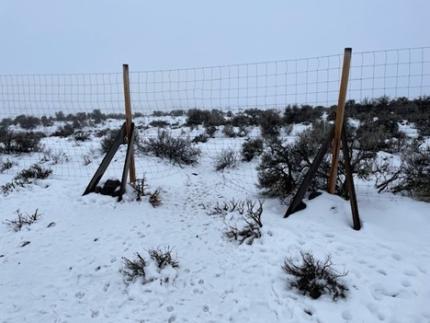
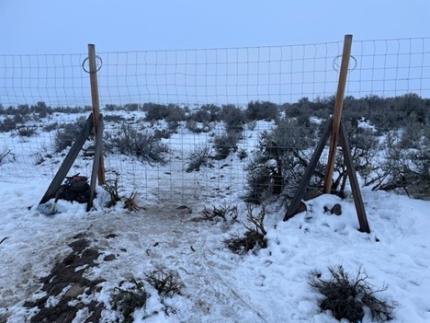
Providing Education and Outreach
Tri-Cities Sportsmen Show: Region 3 wildlife staff members worked the agency booth at the Tri-Cities Sportsmen Show. Sunnyside-Snake River Wildlife Area Manager Kaelber, District 4 Wildlife Conflict Specialist Hand, Region 3 Private Lands Biologist Manderbach, District 4 Wildlife Biologist Fidorra, and Region 3 Wildlife Program Manager Huffman represented the Wildlife Program among many Fish, Habitat, Enforcement, and administrative staff members throughout the weekend. Many questions were fielded, the trivia wheel was a hit, and lots of agency swag was given out.
Oak Creek Wildlife Area Public Outreach: Oak Creek Wildlife Area Manager Mackey, Assistant Manager Charlet, and many other Washington Department of Fish and Wildlife staff members have completed a project to redevelop a winter-feeding brochure. The new brochure outlines important information regarding public viewing opportunities for elk and bighorn sheep feeding on the Oak Creek Wildlife Area. It is now available at the Oak Creek Visitor Center and the Region 3 office.
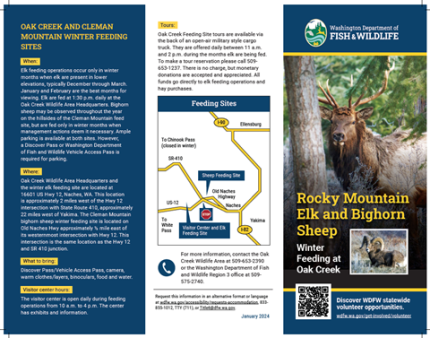
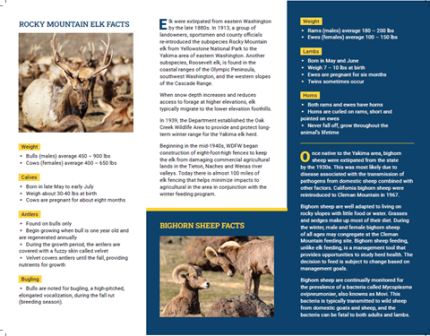
Conducting Business Operations and Policy
Wenas Wildlife Area Maintenance: Wenas Wildlife Area Natural Resource Technician Janes added a new gate latch to the gate in the elk fence at the Black Canyon access and continued working in the shop building a wire roller while continuing to learn about the winter-feeding operations. He also built a bale spear for the skid steer as a backup in case there is an issue with the tractor that cannot be resolved in a timely manner.
L.T. Murray Funding: L.T. Murray Wildlife Area Manager Morrison and elk feeding staff members met auditors at the Joe Watt and Robison Canyon feed sites to show them how Pittman-Robertson Grant funds (PR funds) are being spent on the L.T. Murray Wildlife Area. They also looked at some equipment that had been purchased using PR dollars. This type of audit takes place once every five years and went really well.
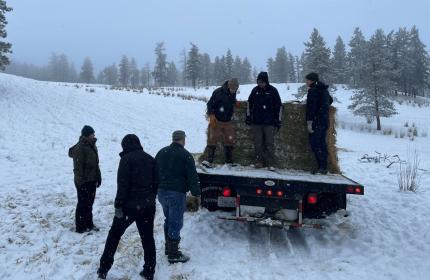
Other
Sunnyside-Snake River Maintenance: Sunnyside-Snake River Wildlife Area staff members continued to conduct routine maintenance of access sites on the wildlife area, including maintenance of registration kiosks, wetlands, water control structures, and waterways.
Yakima Pesticide Recertification: Region 3 Private Lands Biologist Manderbach attended day one of the Washington State University Pesticide Education Recertification Program at the Yakima Convention Center. Day one topics included Emerging Pests, Washington State Department of Agriculture Compliance, Enforcement Highlights, Pesticide Product Stewardship and Disposal of Unwanted Products, Management Strategies for Common Pathogens of Urban Landscapes in the Inland Pacific Northwest, The Impacts of Pesticides on Pollinators and How to Protect Them, and Ticks and Other Non-Insect Arthropods of Medical and Urban Concern. The topics were informative and useful and the day was worth six pesticide recertification credits.
